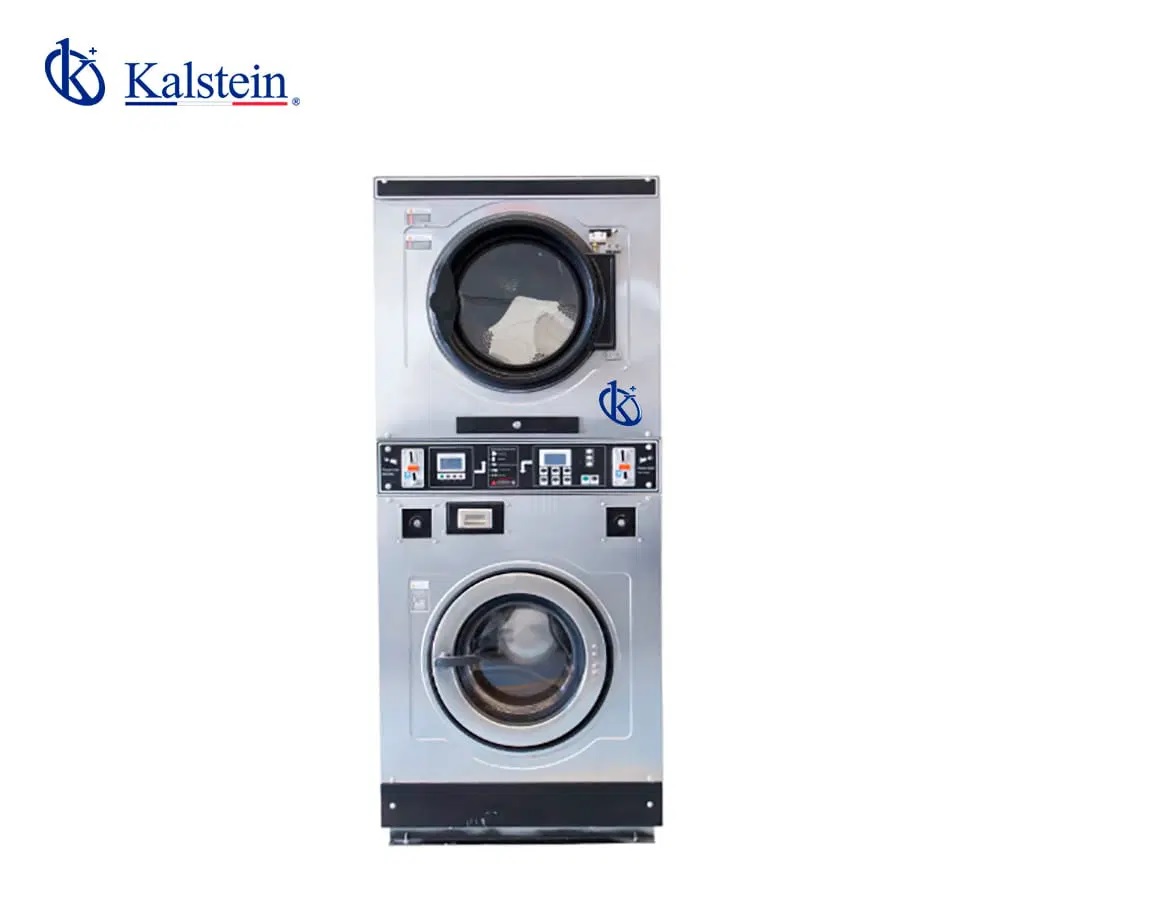Industrial washers from the medical line are essential in hospitals, laboratories, and other healthcare facilities to ensure the proper cleaning and disinfection of instruments and equipment. With recent advances in medical technology, these machines have significantly evolved, offering greater efficiency and superior results.
This article provides a comprehensive guide on how to use these washers for optimal results, covering everything from preparation to maintenance steps.
Are you yearning for top-tier medical equipment, ready to enhance the efficiency of your laboratory? Visit https://kalstein.de/category-product/medical-line/industrial-washing-machine/ to explore our high-end catalog, packed with the best finds at the most competitive prices. Excellence marks our brand, we innovate and manufacture high-precision equipment, both reliable and durable to meet your needs. Why wait? Make your quick and secure online purchase, take the leap towards the future of medical technology today. https://kalstein.de/
Preparing Medical Instruments
Before using an industrial washer, it is crucial to properly prepare medical instruments. This includes a visual inspection to detect any visible residues and ensure there is no damage. Instruments should be disassembled if necessary and pre-washed to remove blood or other contaminants.
Pre-washing can be done manually using detergents specifically designed for medical instruments. This stage is critical to ensure that the industrial washer can perform a thorough and effective cleaning. The latest trends in medical technology suggest using enzymatic detergents that help break down organic residues, thus optimizing the efficiency of the subsequent washing process.
Selecting the Appropriate Washing Cycle
Industrial washers from the medical line are equipped with various washing cycles designed for different types of instruments and levels of contamination. Selecting the appropriate cycle is essential to ensure optimal cleaning and disinfection.
Recent advances in medical research have led to the development of specific washing cycles for delicate and highly contaminated instruments. These cycles adjust parameters such as temperature, duration, and detergent concentration to maximize the process’s effectiveness. It is advisable to consult the user manual and follow the manufacturer’s guidelines to select the most suitable cycle based on the type of instrument and level of soil.
Correct Loading of the Washer
Proper loading of the washer is essential to ensure that all instruments receive the appropriate amount of detergent and water during the washing cycle. It is important not to overload the machine, as this can impede the adequate flow of water and detergent, resulting in insufficient cleaning.
For efficient loading, instruments should be placed in a manner that prevents them from touching each other, allowing water and detergent to reach all surfaces. Additionally, specific racks and trays designed to hold instruments in place during the washing cycle should be used to prevent potential damage.
Using Appropriate Detergents and Disinfectants
The choice of appropriate detergents and disinfectants is crucial for the washing process’s effectiveness. Detergents should be compatible with the materials of the instruments and washers and capable of effectively removing contaminants without damaging the instruments.
Recent advances in medical research have led to the development of more effective and less aggressive detergents and disinfectants. For example, enzymatic detergents are highly recommended for pre-washing, while disinfectants based on peracetic acid or glutaraldehyde are effective for final disinfection. It is important to follow the manufacturer’s recommendations and adjust concentrations as necessary to ensure optimal cleaning and disinfection.
Regular Monitoring and Maintenance of the Washer
To ensure that the industrial washer functions correctly and continues to deliver optimal results, regular monitoring and maintenance are essential. This includes cleaning filters, checking spray nozzles, and inspecting seals and gaskets.
Preventive maintenance helps identify and resolve issues before they affect the washing process’s effectiveness. Additionally, it is advisable to keep a maintenance log to ensure that all necessary tasks are performed timely. The latest trends in medical technology also suggest using remote monitoring systems that allow real-time problem detection, ensuring continuous and efficient operation.
Validation of the Washing Process
Validating the washing process is crucial to ensure that instruments are properly cleaned and disinfected. This may include microbiological tests to verify the removal of contaminants and the effectiveness of the disinfectants used.
Recent advances in medical research have led to the development of more precise and efficient validation methods. For example, using biological and chemical indicators can provide quick and reliable confirmation of the washing process’s effectiveness. It is essential to perform periodic validations and document the results to ensure compliance with established cleaning and disinfection standards.
Conclusion
The proper use of industrial washers from the medical line is essential to ensure the cleaning and disinfection of medical instruments, thus protecting the health of patients and healthcare personnel.
By following the detailed steps in this guide and staying up-to-date with the latest trends in medical technology and research advances, the best results can be achieved, maintaining a safe and efficient healthcare environment.

